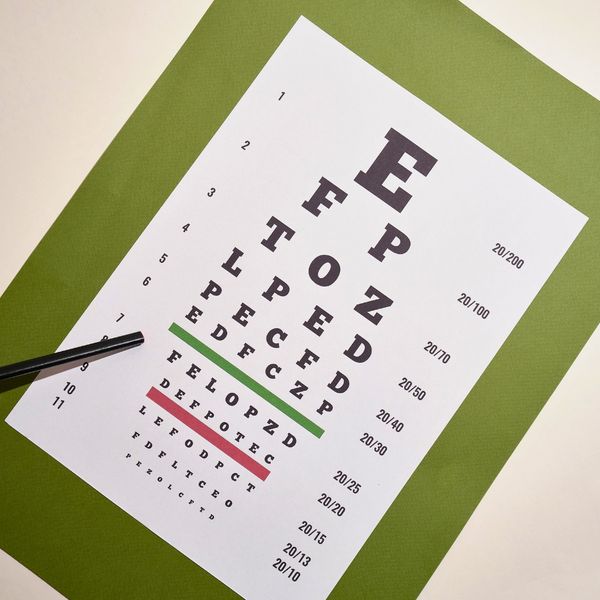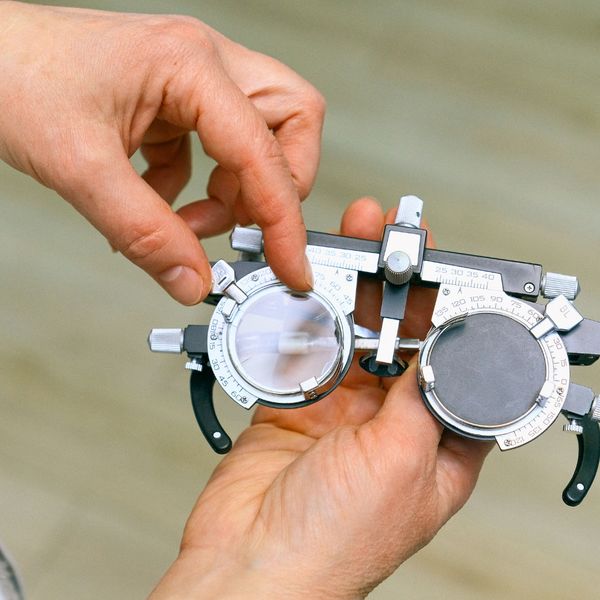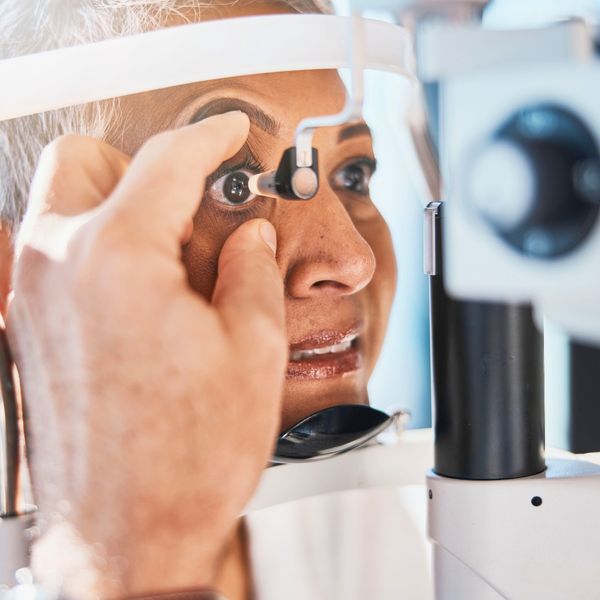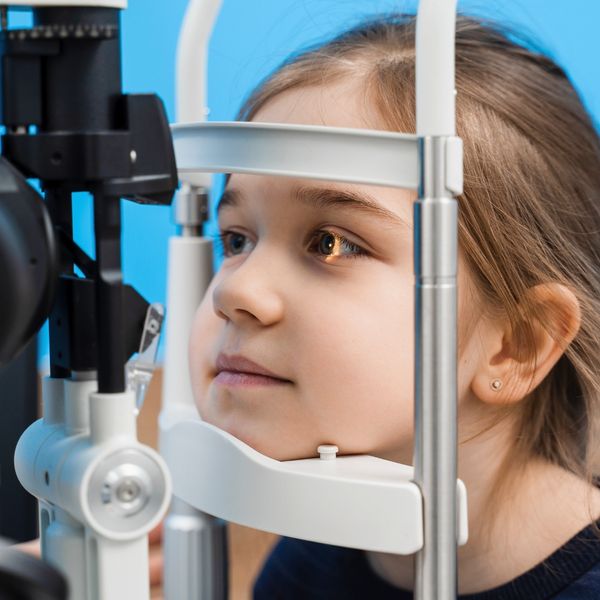Understanding your eye exam results can be a daunting experience, especially when faced with a complex prescription. At Visions Optique and Eyecare in Scottsdale, AZ, we specialize in making eye care accessible and informative. As part of our commitment to your vision health, we want to help you decode your eye exam results and fully understand what your prescription means.
Decoding Your Eye Exam: What Your Prescription Means

What Is an Eye Exam?
An eye exam consists of various tests designed to evaluate the overall health of your eyes and determine your specific vision needs. During your eye appointment, our experienced optometrists will ask you questions about your vision and any eye discomfort you may be experiencing. After thorough testing, they will provide you with a detailed analysis, including your prescription glasses requirements and any potential eye health issues.

Understanding Your Prescription
Your prescription is a crucial component of your eye care. It features a series of numbers and abbreviations indicating the power of lenses required to correct your vision. Common abbreviations include "OD" for the right eye and "OS" for the left. These values tell you the degree of nearsightedness, farsightedness, or astigmatism you may have. Familiarizing yourself with these terms can empower you during your eye appointment.

Common Prescription Components
An eyeglass prescription typically includes several key components: sphere (SPH), cylinder (CYL), and axis. The sphere indicates the strength of your lenses for nearsightedness or farsightedness, while the cylinder and axis measure astigmatism. Understanding these components is essential for choosing the right prescription glasses that suit your unique vision needs.

The Role of Pupil Distance (PD)
Another critical aspect of your prescription is your pupillary distance (PD). This measurement, which is the distance between your pupils, plays a pivotal role in ensuring your lenses are precisely centered in your frames. An accurate PD measurement is vital for optimal comfort and vision clarity in your new eyeglasses.

Common Eye Conditions Detected During Exams
During your eye exam, our optometrists will also check for various eye diseases that may affect your vision. Conditions like macular degeneration, cataracts, and glaucoma can be identified early through comprehensive testing. By understanding your eye health, we can provide guidance on necessary treatments, ensuring your prescription remains accurate and effective.

Why Regular Eye Exams Are Essential
Keeping up with regular eye exams is vital for maintaining your vision health. Frequent check-ups help establish a baseline, making it easier to detect any changes over time. If it’s been over a year since your last eye appointment, or if you’re experiencing discomfort, it’s time to schedule another eye exam.
At Visions Optique and Eyecare, we’re dedicated to making your eye care experience informative and comfortable. Understanding your prescription is just one step in ensuring optimal vision health. For more personalized assistance, contact us to schedule your eye appointment!
